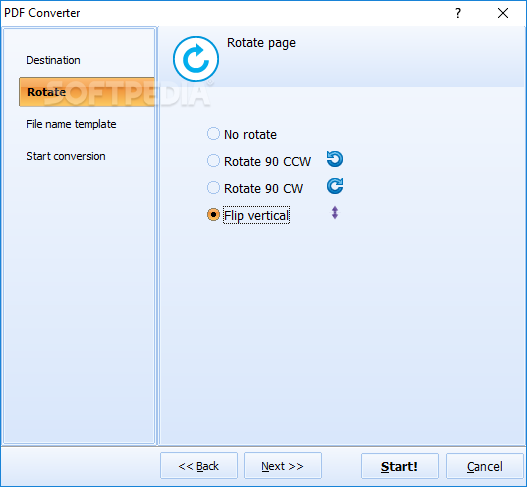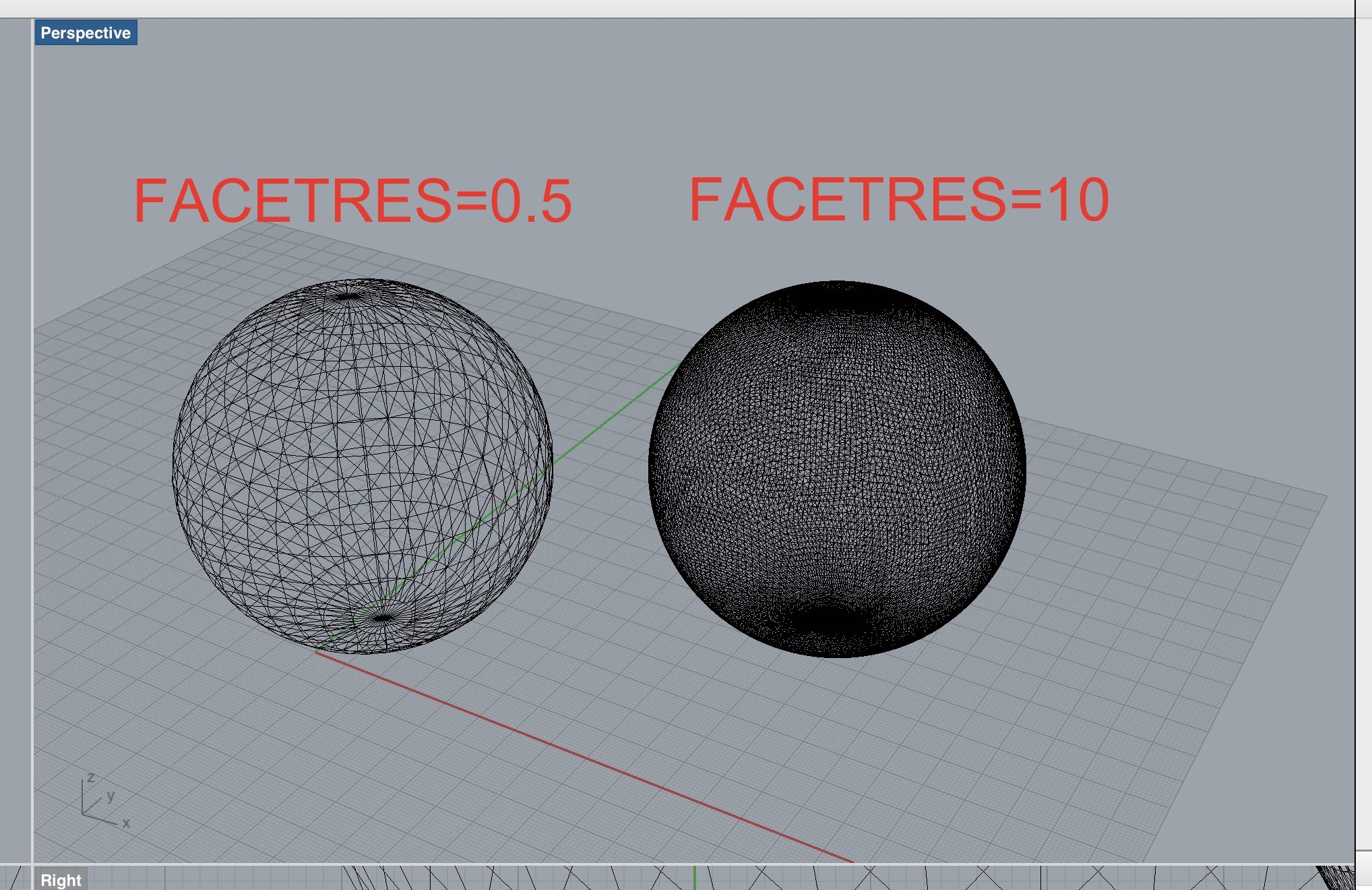

if found, use Filters - Selection - Select non Manifold Edges or Select non Manifold Vertices - Apply - Close.
#Converting stl to dxf corelcad software

This means that the mesh has to be manifold and should not contain holes nor self-intersections. If you want to render the imported STL file later, you have to make sure that the STL file is "clean". In the latest version of OpenSCAD, import() is now used for importing both 2D (DXF for extrusion) and 3D (STL) files.ĬGAL ERROR: assertion violation! Setting it to 10 should work fine for most cases. The convexity of a 3D shape would be determined in a similar way. This image shows a 2D shape with a convexity of 2, as the ray indicated in red intersects with the 2D shape in at most two sections. Import_dxf(file = "example009.dxf", layer = "plate") Linear_extrude(height = 5, center = true, convexity = 10) Read a layer of a 2D DXF file and create a 3D shape. (Windows users must "escape" the backslashes by writing them doubled, or replace the backslashes with forward slashes.) Import("D:/Documents and Settings/User/My Documents/Gear.stl", convexity=3) The minimum segment length to use when converting circles and arcs to polygons.

The minimum angle step to use when converting circles and arcs to polygons. The number of polygon segments to use when converting circles, arcs, and curves to polygons.

For DXF import only, specify a specific layer to import. This parameter is needed only for correctly displaying the object in OpenCSG preview mode and has no effect on the polyhedron rendering. The convexity parameter specifies the maximum number of front sides (or back sides) a ray intersecting the object might penetrate. Note that when using include with a script that uses import(), this is relative to the script doing the include. Other CSG can be imported using include or loaded like an SCAD file, PNG can be imported using surface() Parameters A string containing the path to file.:If the give path is not absolute, it is resolved relative to the importing script. The file extension is used to determine which type. Imports a file for use in the current OpenSCAD model. *.stl) to browse to additional file types. The file type filter of the Open File dialog may show only OpenSCAD files, but file name can be replaced with a wildcard (e.g. The File > Open command may be used to insert this command. Importing is achieved by the import() command. The text in its current form is incomplete.


 0 kommentar(er)
0 kommentar(er)
